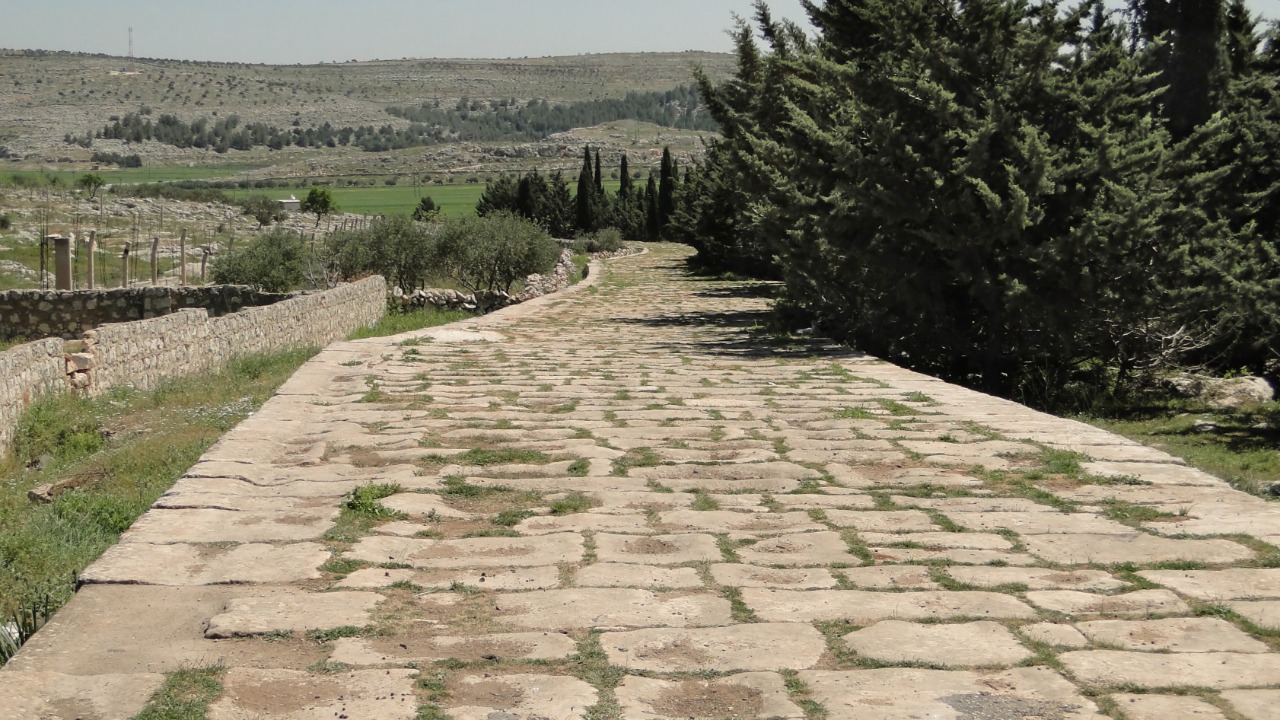
A recent study has shed new light on the vastness of the ancient Roman road network, revealing that it stretched far longer than previously estimated. This discovery, made possible through innovative mapping techniques, has challenged long-standing beliefs about Roman engineering and logistics, unveiling a network of routes spanning thousands of kilometers that connected the empire more thoroughly than historians had ever imagined.
Discovery Through Modern Technology
Modern technology has played a pivotal role in this groundbreaking discovery. Satellite imagery, in particular, has been instrumental in identifying hidden Roman roads, echoing the recent findings of overlooked infrastructure. By integrating these satellite photos with ground surveys, archaeologists have been able to map the full extent of the network, uncovering routes far longer than previously documented.
These newly traced roads, particularly those extending into remote frontier provinces, have significantly revised our understanding of historical maps. The impact of this technology on our perception of the Roman Empire cannot be overstated, as it has revealed a far more expansive and interconnected network than previously known.
Scale and Scope of the Roman Network
The uncovered roads vastly exceed prior estimates, stretching far longer than anyone had ever imagined. According to archaeologists’ findings, the network’s geographical reach extended from Italy to distant outposts in Britain and North Africa, facilitating empire-wide travel and trade.
Quantitative revisions to road mileage have also been significant. The study shows that all roads in ancient Rome stretched far longer than previously known, a fact corroborated by evidence from layered satellite data. This discovery has not only expanded our understanding of the Roman Empire but also underscored the remarkable engineering prowess of the Romans.
Historical Context of Roman Engineering
Before this study, the traditional understanding of Roman roads was that they comprised a core network of about 50,000 miles. However, the study’s revelations of additional branches have significantly expanded this figure. The Romans’ construction techniques, such as layered gravel and drainage systems, have been highlighted as key factors contributing to the roads’ durability over centuries.
Key Roman figures like Emperor Augustus, known for his infrastructure projects, laid the foundation for this broader system. The recent analysis has uncovered a far more extensive network than was previously attributed to his reign, underscoring the Romans’ long-term vision and strategic planning.
Implications for Trade and Military Strategy
The longer roads had profound implications for military logistics and commerce. The vast network’s reach allowed for faster troop movements across the empire’s borders, enhancing Rome’s military capabilities. Additionally, the routes linked ports and markets more directly than previously thought, boosting economic growth in provinces.
Specific trade goods, such as wine and grain, likely flowed more efficiently along these extended paths. This efficient transportation system would have facilitated the exchange of goods across the empire, contributing to Rome’s economic prosperity and cultural exchange.
Challenges in Previous Scholarship
Earlier maps underestimated the network due to limited excavations and reliance on ancient texts alone. Methodological flaws in 20th-century archaeology missed satellite-detectable traces, leading to the “previously known” shorter estimates now overturned. Historical sources like the Antonine Itinerary, when contrasted with modern findings, show discrepancies in recorded versus actual road lengths.
This underscores the importance of integrating modern technology with traditional archaeological methods to gain a more accurate understanding of historical infrastructures.
Future Research and Preservation Efforts
The discovery has opened up new avenues for future research. Ongoing excavations at key sites identified by the study could verify satellite data with physical artifacts, providing further insights into Roman engineering and logistics. Conservation initiatives are also crucial to protect these ancient routes from modern development, given their cultural significance.
The discovery might also influence tourism and education, drawing visitors to lesser-known Roman pathways and providing a more comprehensive understanding of the Roman Empire’s scale and complexity. As we continue to uncover the secrets of the past, we gain not only knowledge but also a deeper appreciation for the ingenuity and ambition of our ancestors.
More from MorningOverview